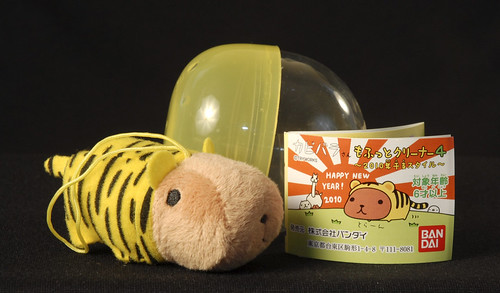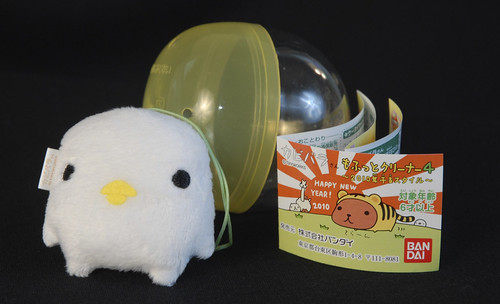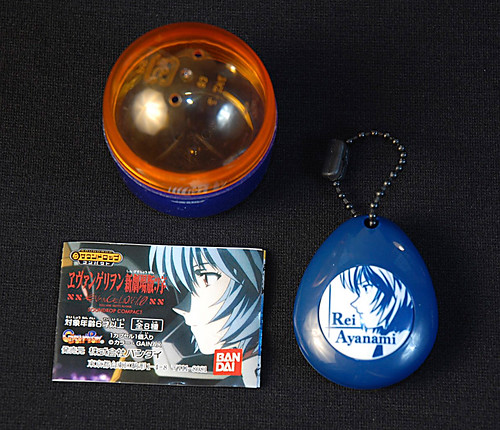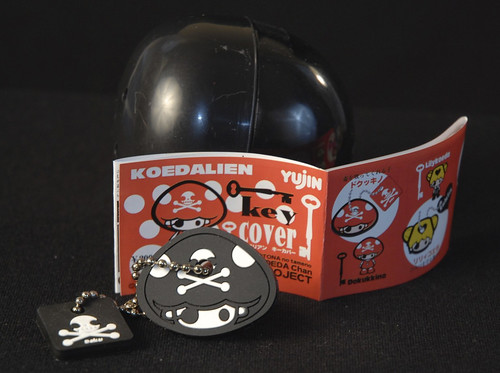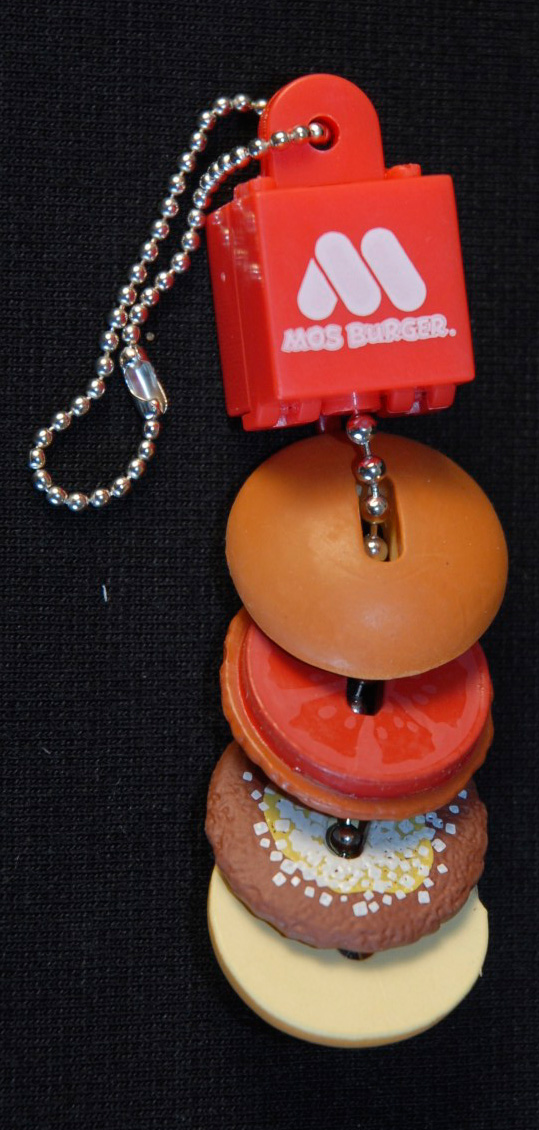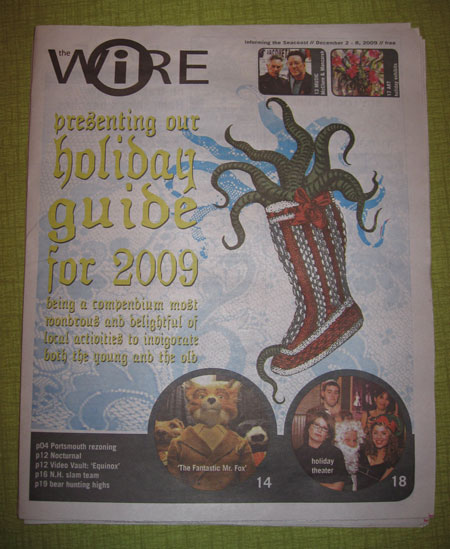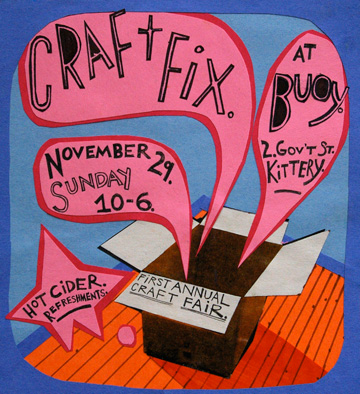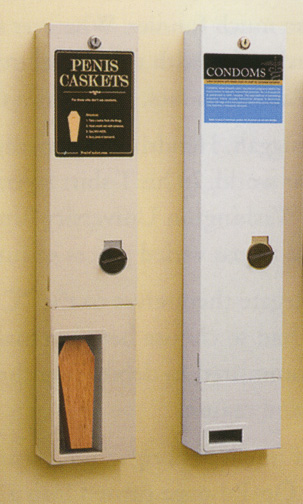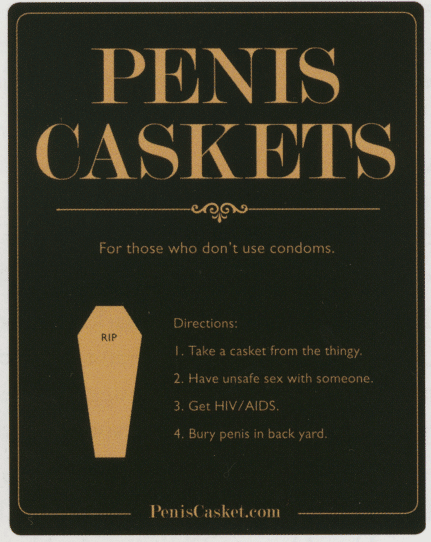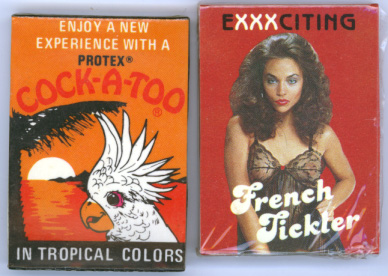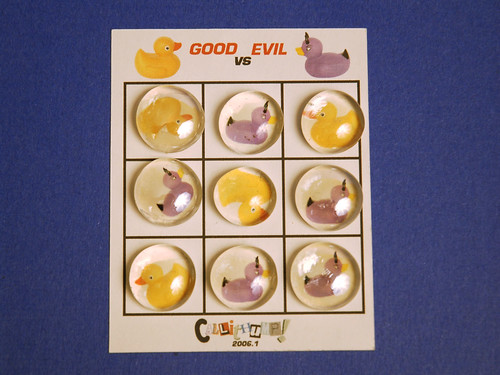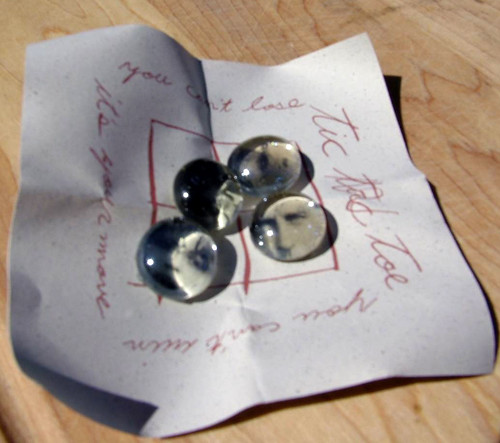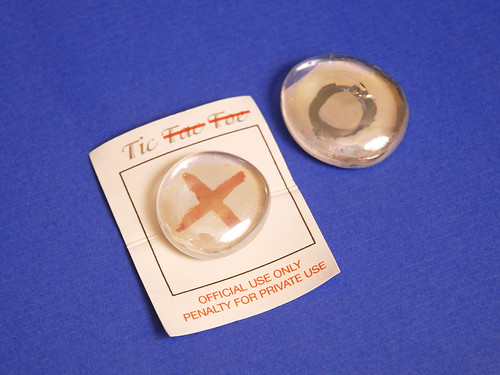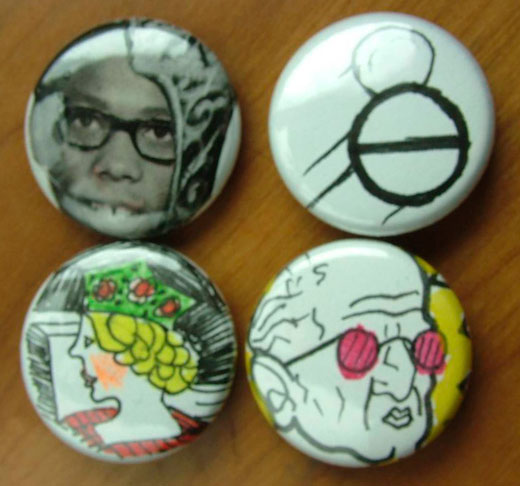You can spot the amateur graphic designers even without seeing their actual work. They’re the ones who always proclaim loudly that you should never use Comic Sans and rail on about how horrible it is. They’re even insulting to laypeople who happen to use it. Case in point, this comment from Reddit:
Comic Sans: My wife refused to stop using it. Tonight I finally broke her by explaining it thusly: Using Comic Sans is like having bad body odor – you don’t notice it, your friends can’t stand it, but nobody is impolite enough to tell you.
Yes, that block quote is in Comic Sans, in case you’re lucky enough to be one of the normal people who don’t give a toss about fonts. In it’s not displaying properly on your computer, here it is again:

So great is the hatred for Comic Sans that even the Wall Street Journal noticed. There are even petitions out there to ban Comic Sans entirely.
Amateurs. Every single one of you is labeling yourself as an amateur through your vociferous condemnations of this font.
A professional designer knows that font choice is just one small aspect of a design. A decent designer could be restricted to using a single size of Comic Sans and still create a great piece. There are many, many tools in the designer’s toolbox. A good designer doesn’t discard any of them. Not even when it’s trendy to say you hate that tool. There might be a time when Comic Sans is your best option.
Years ago, I had the good fortune to take a class from the late, great P. Scott Makela. He taught me a lesson I’m eternally greatful for. On the first day, he had us pick our favorite and our most despised fonts. We had a lengthy discussion of what we loved and what we hated about the fonts. Then, for the rest of the class, we could design exclusively with the fonts we hated. “Find a way to make it work. Do whatever it takes,” he said. And we did. As annoying as it was at the start, I really learned a lot from that experience. Most designers take the easy approach to a design, choosing fonts that are hip, stylish, easy to work with. Down that path you’ll create work that is quite serviceable, safe, and boring. However, if you start with a font that you think you shouldn’t use and push yourself to make it work, you have the potential to create something unexpected and better than what the “safe” designers do.
Even if you’re not interested in challenging yourself to become a better designer, there are still times when Comic Sans is appropriate to use. Notice the lower-case “a” in comic sans. It actually looks the same way a real human would write a lower-case a. This makes it a great choice for teachers creating content that’s geared toward kids who are learning to read and write. Sure, there are other fonts out there that have a’s like this, but you’d have to seek them out and install them. Quite frankly, most school teachers are really busy being teachers, and most second graders aren’t going to insult you if you use Comic Sans.
Comic Sans is also useful because of its ubiquity. It’s on pretty much every computer out there, so if you design something that someone else needs to edit, you’ll have better luck maintaining a consistent look and feel if you use it. For people who are supposed to have their fingers on the pulse of culture, graphic designers can be out of touch with the real world. For example, one argument against Comic Sans is that there are better fonts out there that achieve the same effect, and you should find, download, install and use them instead. This is good advice for the freelance designer or aspiring comic book artist working at home, and if you can’t follow it, you probably should be looking for a new line of work. However, many people are working in environments where they have absolutely no say in what gets installed on their computers. Many others haven’t the skills to do that, or the time to acquire them and they shouldn’t have to. These are the teachers and administrative assistants who’ve been asked to do up a flyer by someone who sees their time is more expendable than their own. They want that flyer to have a friendly, casual feel, and of the seven fonts they have access to, Comic Sans works best.
Honestly, when Doris hangs up a flyer she made announcing an ice cream social down in Meeting Room G to celebrate Gretchen’s 25th year with the company, are you going to complain about the font? Or are you going to be happy about FREE ICE CREAM!?
So, ignore everyone who says not to use Comic Sans. If you don’t know why you shouldn’t use it, you’re probably not creating content where it matters anyway. If you know you shouldn’t use it, you’ll become a better designer by putting your energy into finding ways to make it work instead of insulting people.
Update: Here’s a great piece that Jad Limcaco wrote a great piece on the history and use of Comic Sans, including examples of Comic Sans used for great design.
